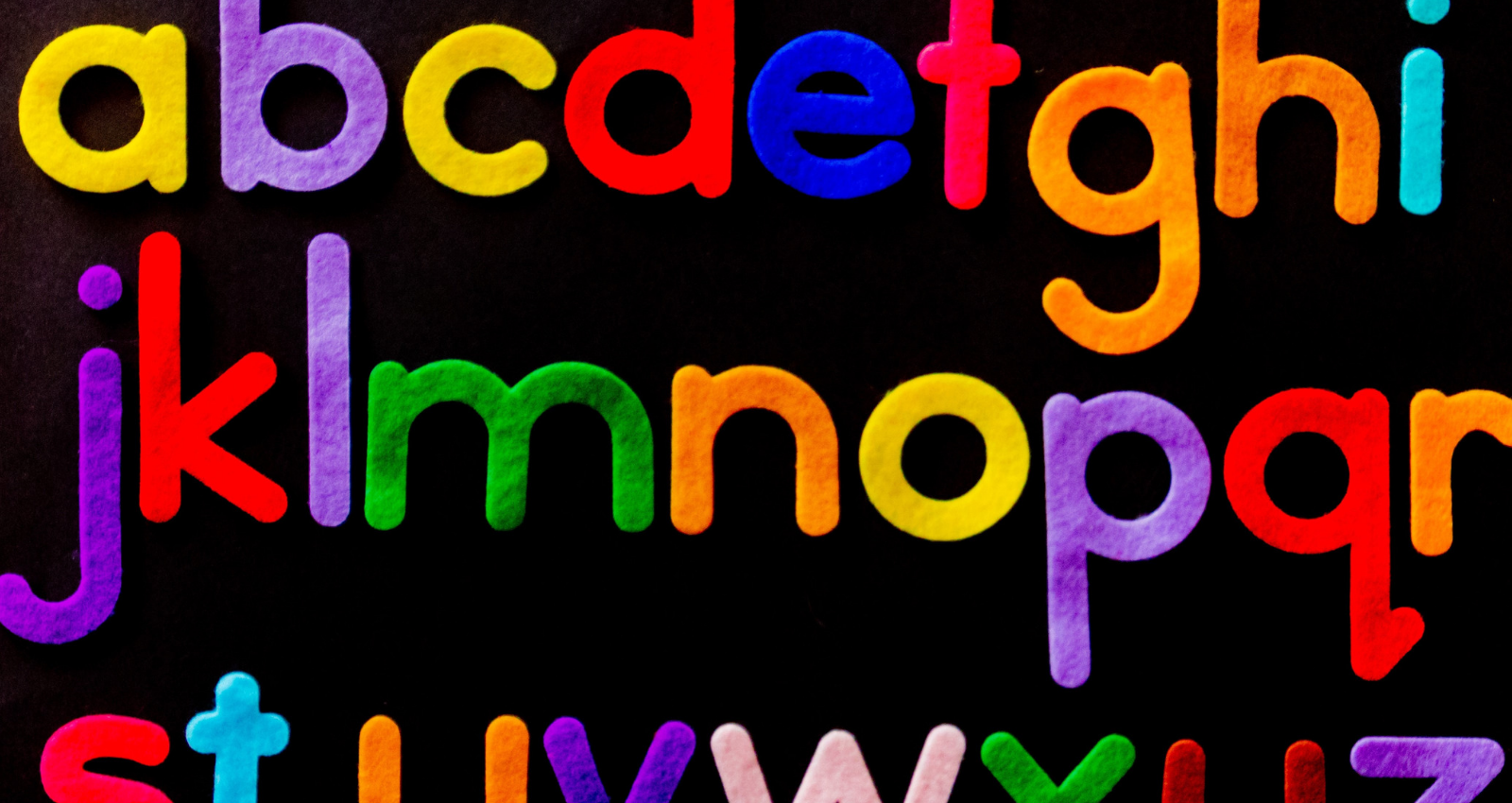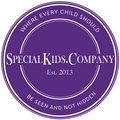
What are the 5 main types of learning difficulties in children?
Learning difficulties are different to learning disabilities because, unlike a learning disability, a learning difficulty does not impact on a person’s intellect. However, people with learning difficulties may find it more difficult to learn and will require additional support in school.
In this blog, we will tell you the 5 main types of learning difficulties in children.
Dyslexia is a fairly common learning difficulty in the UK with an estimated 1 in 10 people having some degree of it (NHS).
A dyslexic child may have difficulty with processing reading, writing and spelling. Dyslexia can cause children to have trouble remembering information that they see and hear, which can impact on their literacy skills.
Dyslexia may also affect a child’s ability to organise, memorise and coordinate.

Dysgraphia is a type of learning difficulty that causes a child to struggle to write on paper. A lot of children with the condition find it difficult to hold a pencil, spell and write in a straight line. Some children with dysgraphia find it hard to know directional differences, such as left/right and over/under and many are ambidextrous (use both their left and right hand to write).
Sometimes dysgraphia is co-morbid with dyslexia in children and other associated difficulties with spatial awareness and coordination.
Different from Dyslexia and Dysgraphia, which are related to language-based learning difficulties, dyscalculia affects a persons ability to process numbers. If your child has dyscalculia then they may have trouble counting, recognising number patterns and basic mathematics. They may also struggle to estimate and remember facts.
Children with dyscalculia often understandably get upset and frustrated when doing activities that involve numbers, such as playing board games.
Dyspraxia is a learning difficulty that affects a child’s movement. They may have difficulties with their fine and gross motor skills as well as their motor planning and coordination. Children with dyspraxia are often thought to be ‘clumsy’.
Dyspraxia is present from an early age and can cause developmental delays.
There are many symptoms of ADHD (Attention deficit hyperactivity disorder). It can affect a child’s ability to concentrate and their behaviour. It can cause restlessness and hyperactivity. And it can affect organisational and time-management skills. Unfortunately, ADHD can lead to other difficulties, such as trouble sleeping and anxiety. All of these things impact on a child’s ability to learn.
ADHD is commonly diagnosed in children between the ages of 6 and 12.
If you suspect your child has a learning difficulty, but they have not received a diagnosis it is important to speak to your General Practitioner or SENCO who can arrange an assessment.
If your child has one of the above learning difficulties then they will need extra help and support at school. With the right support your child can learn in a way that is adapted to best suit their needs.

